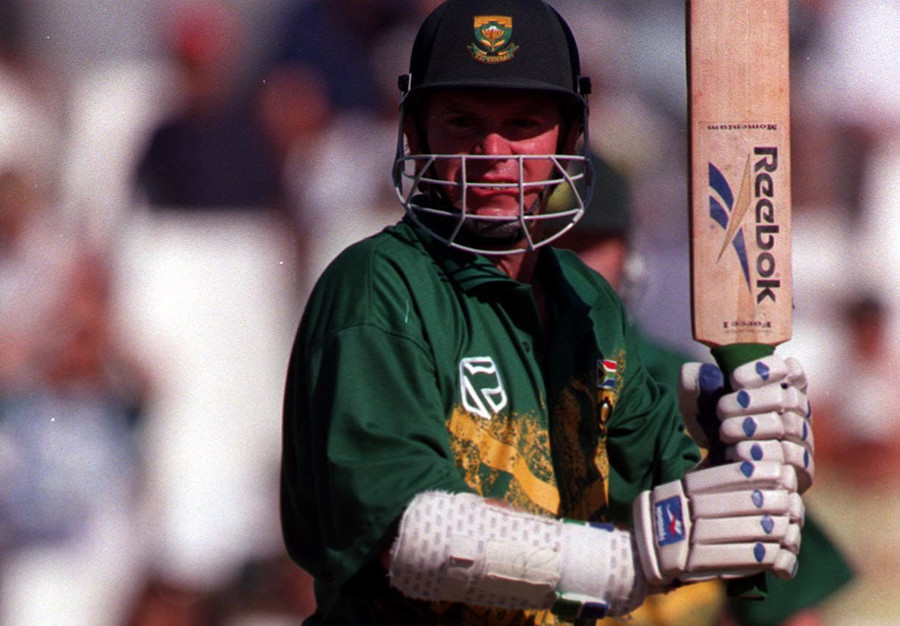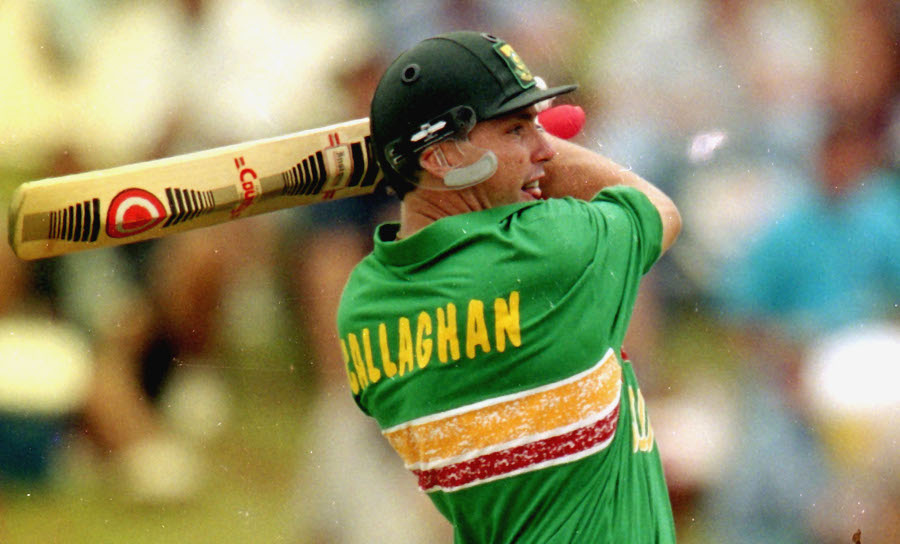With global cricket set to be dominated by a succession of ICC tournaments, it seems likely that the rare beast that is a quadrangular series could die out altogether.
Quadrangular series had their heyday in the limited-overs boom that followed the formation of Kerry Packer’s World Series.
The World Series itself was often contested as a triangular or quadrangular as were other recurring ODI events like the Sharjah Cup.
The Sharjah Cup first took place as the Asia Cup sponsored by tobacco giants Rothmans, who lent their name to the first series played out in the UAE in 1984. Four teams contested the series on six separate occasions. It was scrapped in 2003, although its spiritual successor is the Asia Cup.
In Australia, the board continued to use the World Series moniker after quashing the rebellion, and it became another regular tournament that often swelled to a total of four belligerents.
In the 1990s, South Africa played host to a few triangular and quadrangular series, but one of the most memorable was the 1994 Mandela Trophy.
It was the first time South Africa hosted a quadrangular ODI series, having previously put on a triangular tournament involving Pakistan and the West Indies during the 1992-93 season.
The Mandela Trophy proved to be special on a number of fronts; it was the first ODI series hosted in a democratic South Africa.
The Proteas started the tournament strongly despite missing Allan Donald, running through New Zealand twice. In the second triumph over New Zealand, Dave Callaghan scored what at the time was the highest score by a South African in ODI cricket.
In mid-tournament the Proteas stumbled, suffering a shock defeat by a Sri Lanka team still struggling to shake off their minnow status and getting blown out of the water by Pakistan’s Ijaz Ahmed, who worked a century in an emphatic win over the Proteas in Durban.
The tournament delivered some special and deeply significant moments for the visitors. Sri Lanka’s Sanath Jayasuriya scored his maiden ODI ton in this series in a team that contained the core of the side that went on to win the 1996 World Cup.
Pakistan’s Waqar Younis produced a yorker masterclass against New Zealand at Buffalo Park and grabbed the first ODI hat-trick taken in SA.
South Africa beat Sri Lanka in the final round-robin match to secure their place in the final against the form team, Pakistan.
Throughout the tournament, it seemed that the Proteas attack suffered from a lack of pace with Donald sidelined. In the first final against Pakistan, South Africa turned to Steven Jack for a solution but it would be the medium pace of Eric Simons that carried the day on a tricky Newlands pitch.
The Proteas had mustered just 215 all out, although it might have been worse if not for Daryll Cullinan’s 64. Aaqib Javed did the early damage, while Younis was on hand to mop up the tail.
Pakistan’s chase was off to a solid start as tournament top-scorer Aamer Sohail took a liking to the bowling of Jack. Still, Simons would find a way through, cleaning up Saeed Anwar and then frustrating Inzamam-ul-Haq before trapping him leg before for just four.
Even so, Pakistan looked in good shape until some sloppy running met sharp fielding as Gary Kirsten threw down the stumps from a prone position at midwicket, leaving the third umpire to agonise over the decision before giving out skipper Saleem Malik.
Sohail was also be run out after he set off for a silly run to Jonty Rhodes and Pakistan came down like a house of cards.
The second final featured a much-improved batting display from the hosts, powered by Mike Rindel’s only international ton and supported by 87 from opening partner Kirsten. Rindel and Kirsten put on 190 for the first wicket, and South Africa posted an imposing 266-5.

That total looked even better when Fanie de Villiers and a returning Donald shredded the Pakistan top order, leaving them 42-6.
Malik took a hammering in the press for twice electing to chase against a South African team that were both notoriously jittery chasers and brilliant defenders of a total. Malik even took a team vote ahead of the toss for the second final, but went against the eight members of the XI who wanted to field first.
At a time when South Africa had been long starved of international cricket, such a tournament was a real treat.
In the modern game, such contests are now rare due to the proliferation of ICC tournaments. Ironically four-team series are now most likely to happen in the immediate buildup to one of those tournaments, but they don’t hold the draw they once did in the days before non-stop cricket came into effect.
Photo: Gallo Images







